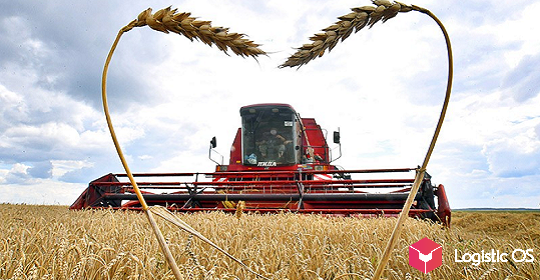Many Russian traders selling agricultural products abroad report numerous difficulties they have encountered recently.
The profitability of Russian agricultural exporters has decreased significantly recently. There are several factors at once among the reasons.
More expensive borrowing
Companies need a large amount of money to make purchases, and their own capital is usually not enough for this, so they have to borrow.
Previously, when receiving revenue in dollars, companies could borrow in the same currency at an average of 5% per annum.
Now, due to sanctions and the «toxicity» of the dollar for Russians, companies have to borrow in rubles. Loans in a currency other than the one in which the revenue is received carry large exchange rate risks, so businesses have to additionally protect themselves by hedging.
In other words, it is necessary to keep a significant amount of rubles in the account, which will protect against losses if the Russian currency exchange rate rises sharply. This actually makes it even more difficult to attract borrowed funds.
In addition, the Central Bank’s key rate has risen to 19% today, so loans in rubles are very expensive.
Difficulties with payments
Even banks from friendly countries such as India and China are not always willing to cooperate with Russian banks. As a result, many payments are rejected, and new options have to be invented to make them.
The remaining payments are often delayed. This creates an additional burden on businesses, since it requires having a large volume of reserves in case the delays are long.
Difficulties with logistics
Over the past year, container shipping, which is most in demand today, has become more expensive by about 20%. This requires businesses to bear more costs.
Reduction in prices and export volumes
Experts note that if Russia sent about 1.2 million tons of peas abroad in June-September last year, then only 300 thousand tons were sent in the same period this year.
A similar situation is with oilseeds: their export volume fell from 300 thousand tons to 30 thousand tons. Exporters note that farmers are reluctant to sell their products at the low prices that are currently established on the market.
This whole set of problems requires companies to take some measures.
Some of them are entering new markets, others are investing in processing and their own logistics infrastructure in order to increase the level of income they receive and be less dependent on external factors.

